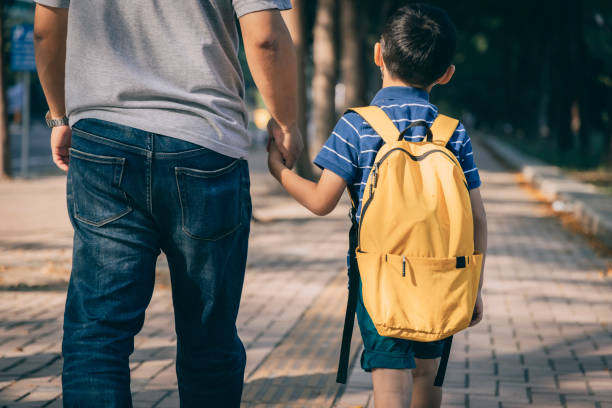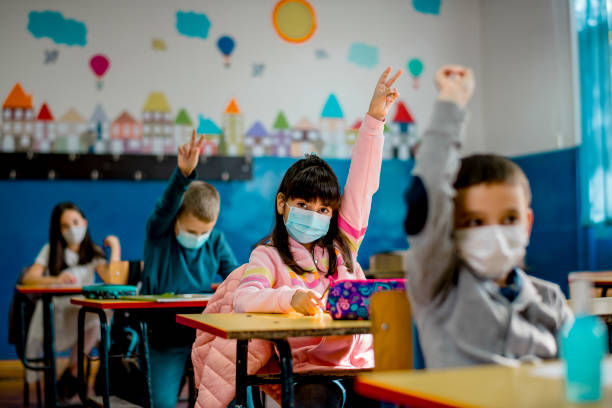As you research the preschools and daycares available in your area, you may notice that Reggio Emilia-based schools look and function in a unique way. This is because learning activities are child-directed. Even very young students are actively engaged in directing their learning paths.
Loris Malaguzzi, the founder of the Reggio Emilia approach, firmly espoused the idea that children are competent, full of curiosity, and ready to explore the world with enthusiasm. Malaguzzi founded a curriculum that focuses on hands-on projects and natural collaboration. Here are some of the guiding principles at work in Reggio Emilia schools and classrooms:
Child-Led Projects or “Adventures”
You won’t find children sitting still in rows of desks in a Reggio Emilia classroom. Instead, each child is engaged in choosing their own topic for research and then following that path through to its conclusion with a project developed with input from the child, parents, and teachers.
A Quest for Answers
In traditional schools, teachers present information and students repeat that information back to teachers. In the reggio emilia model, children are encouraged to ask questions and then look for answers. Rather than being a presenter or lecturer, teachers are collaborators who help children discover answers. Teachers may guide students to resources of information or provide them with the materials to formulate their own answers. As children participate in their own learning this way, they develop critical thinking skills and nurture their natural curiosity.
The Classroom as Teacher
A Reggio Emilia classroom is for children to engage in exploration and to provoke questions. Classroom supplies are carefully chosen and positioned so that children are encouraged to explore. Learning is recorded and displayed around the classroom. Projects paired with documentation serve as the means to track the progression of learning.
When you visit a Reggio Emilia school, you’ll quickly recognize that collaboration and communication are key elements of the learning environment. You may find that you’ll learn as much about the approach by watching children learning as you do by asking school administrators for answers to your questions.








